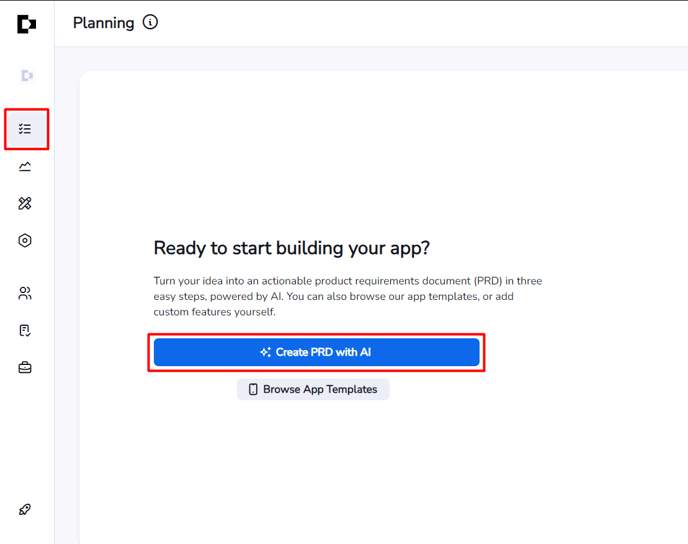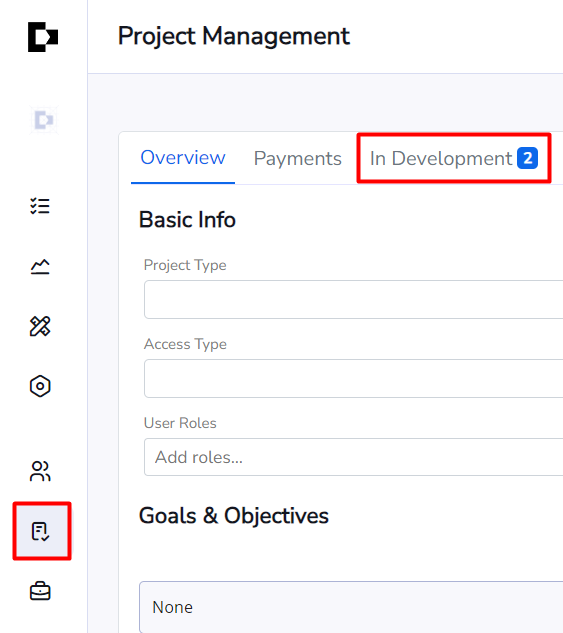Achieving app success through effective planning
Let's say you want to build a food delivery app similar to DoorDash or GrubHub. Initially, it may seem straightforward: the app should allow customers to order food from a restaurant and help the restaurant fulfill those orders.
But there are many considerations to think about. What devices should the app support? iPhone, Android, or both? Supporting both platforms or adding a web app will increase costs. Will restaurants upload their menus? Will the menus include pictures? Does the app accept credit card payments? How should customers create accounts? Would you like to integrate a social media login? If so, which social media platforms would you like to include?
The list goes on, and each consideration affects the time and effort required to build your application.
Let us introduce you to the PRD
A Product Requirements Document (PRD) is a document that outlines the detailed requirements and specifications of an app. It serves as a blueprint for the development team, guiding them in building the app according to the desired functionality, design, and user experience. A PRD typically includes information about the app's purpose, target audience, features, user flows, technical requirements, and other relevant details.
To create a comprehensive build plan for your app try using PRD AI with Crowdbotics:

Gain a deeper understanding of MVP
In app development, Minimum Viable Product (MVP) refers to the initial version of an application that includes only the core features and functionalities necessary to provide proof of concept and a high-level testing environment. An MVP aims to quickly validate the concept, gather user feedback, and make informed decisions for further development. By focusing on essential features, an MVP helps to reduce development time and costs while allowing for iterative improvements based on user insights collected afterward. It is a starting point for testing and validating the product idea before investing further resources into building a full-fledged, consumer-ready application. It serves as a prototype to test the market and validate assumptions.
Before development begins, you will find your MVP listed under the "In Development" tab:

The synergy between MVP and PRD
The PRD and MVP are closely intertwined to create a strong foundation for app development. The success of a product relies on the effective collaboration and synchronization between these two elements. The PRD acts as a roadmap, providing a structured framework for the development process. However, only relying on the PRD when considering the product's core value proposition and user needs can lead to challenges and inefficiencies. This is where the MVP comes into play. The MVP is a simplified product version that focuses on delivering the core features and functionality. The MVP serves as a testing ground for the PRD. It allows the team to validate and refine the requirements outlined in the document based on real-world user feedback and market validation.
By defining the MVP and creating a comprehensive PRD, app development teams can ensure they have a clear roadmap and a solid foundation to build upon. This united approach maximizes the chances of creating a successful and effective app that meets the needs and expectations of the target audience.
.png?height=120&name=Crowdbotics-Logo-Pos-Black-RGB%20(2).png)